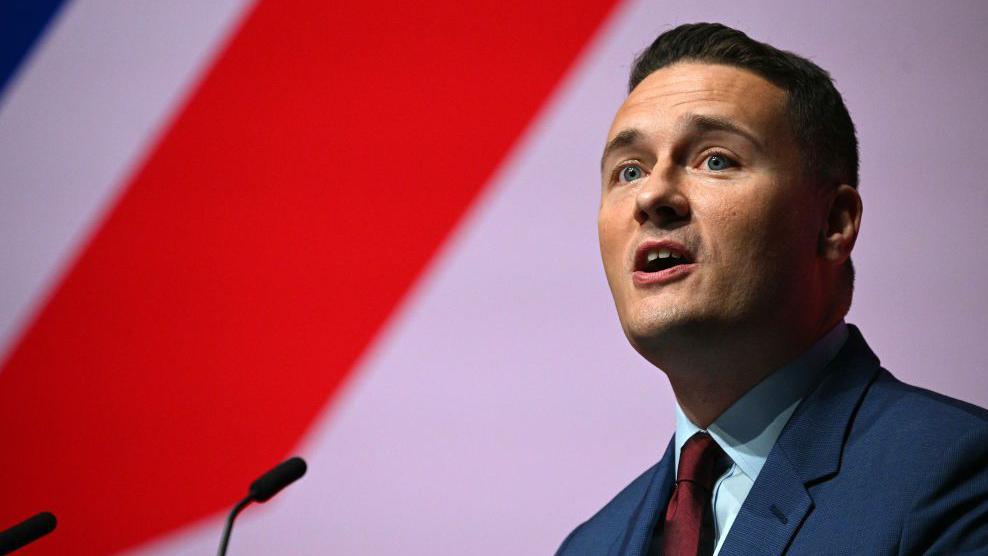The UK was once ranked the best country in the world for end-of-life care, in fact the NHS was the envy of the world – But that’s not the case any longer, patients are endlessly waiting and when they eventually do get seen to, they are suffering until their last breath.
These are the people who have funded the NHS for the last 70 years. They have worked for the longest period and paid the most National insurance and taxes consistently more than any other generation. Yet, the promise of comfort in retirement have descended rapidly. So how can the UK dignify death? especially for those who fought and paid for it.
Cliff Notes – How can the UK dignify death!
- Terry Leader’s case exemplifies the distressing shortfalls in the UK’s end-of-life care.
- More than a fifth of terminal patients in England and Wales do not receive necessary palliative support.
- Calls for systemic reforms are intensifying as the demand for care increases, particularly among an aging population.
- Financial and logistical challenges hinder hospice services and hospital palliative teams, pushing patients into acute care settings.
- Experts emphasise the need for coordinated care and investments in community support services.
The stark reality of end-of-life care in the UK has deteriorated, casting shadows over previous accolades. As MPs convene for critical discussions on palliative care, stories like that of Terry Leader highlight the grim experiences of patients and families left wanting in a system struggling to meet their needs.
Systemic failures in end of life care
Systemic failures within the palliative care environment have revealed the inadequacies that affect countless families in the UK. As the conversation around end-of-life care grows in urgency, understanding these realities is essential for fostering a dialogue on reform and support within the healthcare system.
The ‘Inadequate’ State of Care
Terry and Gillian Leader’s story is increasingly common as public discourse about end-of-life rights grows. Terry, a vibrant individual with a lively spirit, found his terminal cancer diagnosis in 2021 turned his final months into a struggle for adequate care.
His desire to die at home was thwarted by the system, as outlined by his partner Gillian, who shared, “Apart from medication from Terry’s GP and a couple of visits from district nurses, there was nothing.”
Echoing this sentiment, Gillian recounted her frustration: “I really didn’t know what to do and was doing my best to care for him.” After enduring agony and hospitalisation, Terry passed away, with Gillian lamenting, “It was not how he wanted to spend his last days… I want to see changes so others do not have to go through what we did.”
The distressing reality is that, while most individuals prefer to die at home, fewer than one in four achieve this. Health Secretary Wes Streeting’s warning suggests terminally ill individuals may feel “coerced” by inadequate alternatives if current laws eventually shift towards assisted dying.
According to a Marie Curie report, up to 650,000 people die in the UK annually, with over 75% requiring palliative care. Alarmingly, a fifth of those in need of care in England and Wales do not receive it, and half of families express dissatisfaction with the quality of care their loved ones received in their last month.
‘It’s Not Just About Money’
Despite being ranked top in the world for end-of-life care by the Economist Intelligence Unit back in 2015, pervasive disappointment now prevails. Dr Sarah Cox, President of the Association for Palliative Medicine, remarked, “We’re not getting the funding we need. But it is not just about money – it is the way services are organised.”
Off the record we were told that this is a purposeful strategy by the Government, they have an expectation that the older generation have savings and should be able to use that for private care.
The complexities of care delivery, particularly when dealing with disparate providers and a lack of coordination between NHS teams and hospices, compel many patients into emergency departments during critical moments. Dr Rachel Clarke, a hospital palliative care doctor, emphasises the tragedy of patients dying in desperate conditions: “It’s a travesty people end their lives like that.”
The Difficulties Faced by Hospices
Hospices have become essential in the delivery of palliative care. St Christopher’s Hospice in South London supports over 1,700 patients annually but relies heavily on fundraising – only around a third of its income is from NHS funding.
Helen King, who manages the nursing team at St Christopher’s, adds, “The fact remains we get more money from our shops—selling second-hand clothing—than we do from the government.” That highlights one of the main failures in end of life care in the UK.
The legislation surrounding funding and care delivery is increasingly under scrutiny. As demographic changes surge with an aging population, the demand for palliative care is expected to rise by 12% in the coming decade. We should probably prepare ourselves for more Americanisation of our NHS and have private palliative care.






